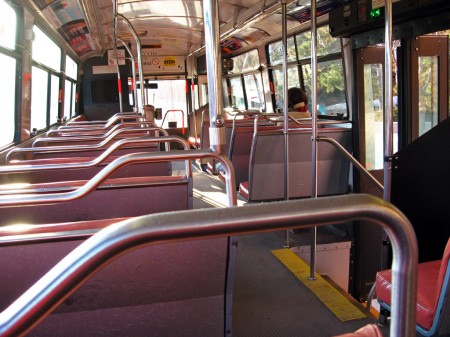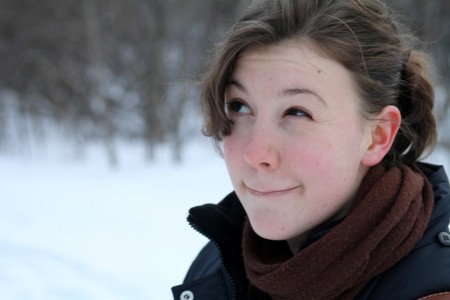The most annoying thing about rechargeable batteries is the way in which they ‘self discharge’ – slowly tracking towards dead even when nothing is drawing power from them. It’s actually a characteristic that grows more annoying the more batteries you have. Now, due to all the photographic gear I lug around, I need at least twenty AAs to ensure that I back a backup set for all devices. There are few things more frustrating than to spend a couple of weeks carrying around a big sack of batteries, only to discover that they are all dead when you need some. This happens especially often in cold weather.
The solution I have devised is based on grouping batteries into sets. I have devices that require 2, 3, or 4 batteries at a time, so I have made sets of those sizes. The batteries in each set are marked with the same letter, and held together with an elastic band when not in use. Obviously, any set can be used with any device that requires that number of batteries.
If one battery you put in is weaker than the others, the whole device will fail when it does. As such, it is important to charge the whole set at the same time. In addition to that, it is vital to remember to top up the sets regularly, rather than forgetting them long enough to kill them. Finally, to maximize their lifespan, you should use a charger that can put in energy slowly, preventing overheating. I use a La Crosse BC-900 and am very happy with it. It charges batteries at 200mA, by default, thus prolonging their lives. It can also ‘re-condition’ batteries that have lost most of their capacity. Given the number of batteries my growing collection of flashes makes me juggle, I may even end up getting a second one, so I can charge them eight at a time.
I hope somebody eventually comes up with affordable AA and AAA cells that you can charge, leave in a backpack for a few months, and still count on being able to use.


